We offer incense in all of its many forms (herbs, woods, gums, resins, sticks, crystals) from a wide variety of cultures from around the world. Welcome to the world of incense !
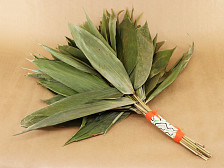
| Chakapa |
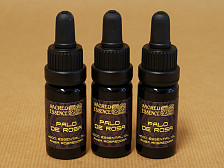
| Sacred Essence - Rosewood oil flower blend, essential oil, 10 ml |
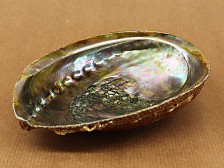
| Abalone shell Mexico, Shell |
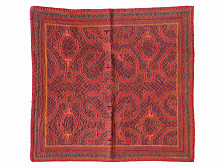
| Shipibo Textile 1807 41 x 40 cm |
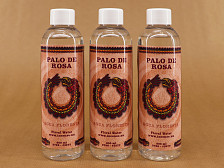
| Agua Floresta Palo de Rosa bottle with sprayer, 200 ml |
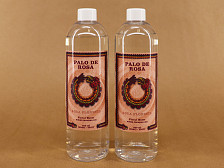
| Agua Floresta Palo de Rosa bottle with sprayer, 500 ml |
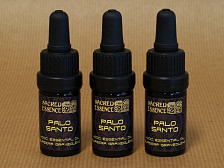
| Sacred Essence - Palo Santo oil wood, essential oil, 5 ml |

| Abalone shell Mexico, Shell |
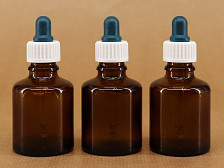
| Bottles Glass Amber bottle with pipette, 30 ml |
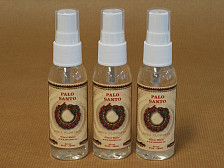
| Agua Floresta Palo Santo bottle with sprayer, 50 ml |
